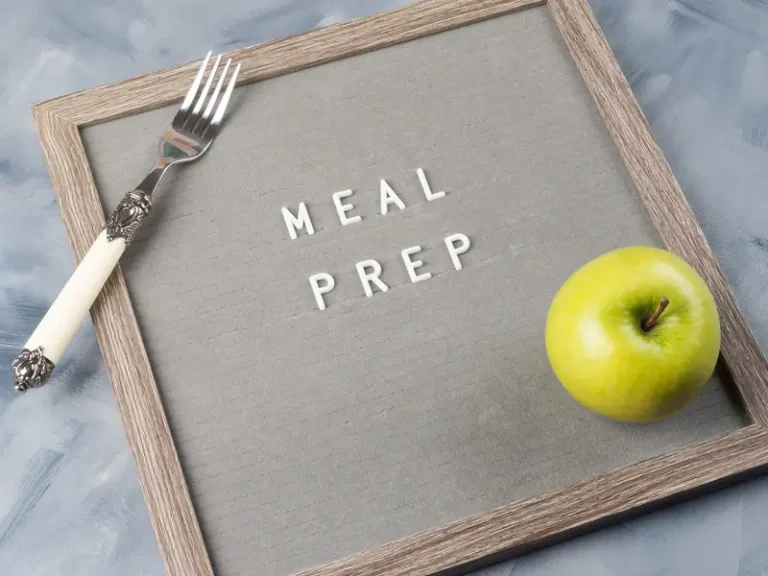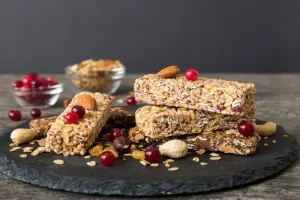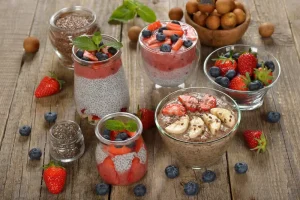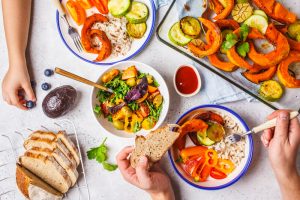You’re not alone if you’ve been rushing through a busy week with little time to prepare healthy meals. Enter meal prep—a game-changer for anyone looking to save time, eat healthier, and reduce stress. Whether you’re a student juggling classes, a professional managing a full-time job, or someone trying to stay on top of their nutrition, meal prepping can make a significant difference. Get ready to dive into the essentials! This post will explore the fundamental concepts that will set you on the right path.
What is Meal Prep?
Benefits of Meal Prep for Beginners
1. Start Small and Keep It Simple
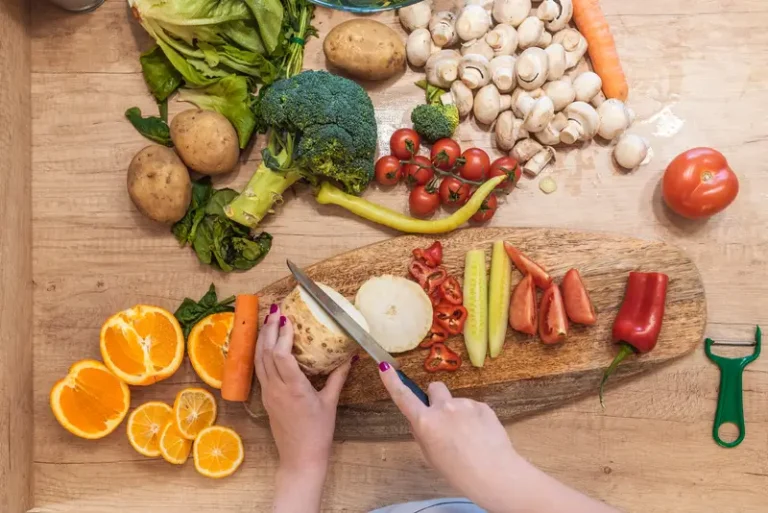
When starting, it’s essential to keep things simple. Trying to prep all your meals and snacks for an entire week right away can feel overwhelming. Instead, begin by prepping just a couple of meals or snacks.
Example: Start by prepping lunches for three days a week. You can pack a chicken salad or a quinoa bowl and have it ready to go in minutes.
Why it works: Keeping it small and manageable prevents burnout and gradually builds the habit of meal prepping into your routine.
2. Plan Your Meals Before Shopping
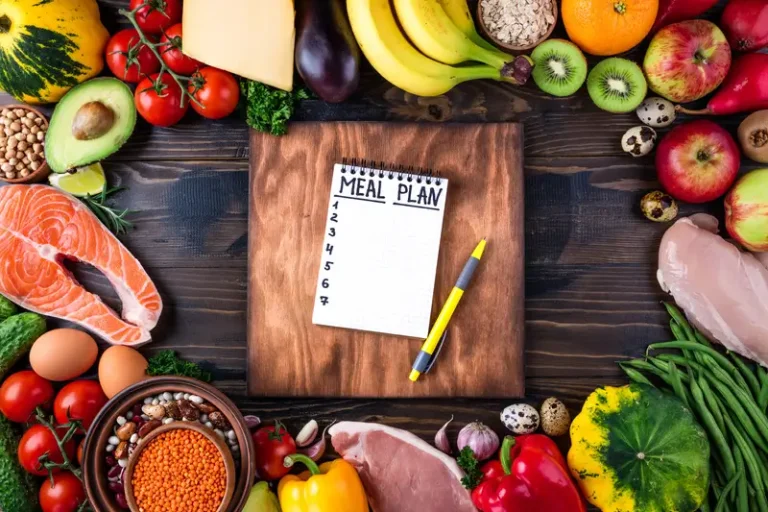
Planning is one of the most crucial steps in meal prepping. Before you hit the grocery store, decide what you want to eat for the upcoming week. By focusing on what you need, you can cut down on waste and keep more money in your pocket! It’s a simple yet powerful way to make smarter choices while feeling great about your purchases.
Example: When planning meals for the week, consider selecting 2-3 versatile recipes that can repurposed in various ways. For example, roasting a whole chicken can provide the foundation for multiple dishes, such as salads, wraps, and stir-fries. This approach not only maximizes the use of ingredients but also saves time in meal preparation throughout the week.
Why it works: A plan prevents last-minute grocery trips and helps ensure you stick to your meal prep goals.
3. Invest in Quality Storage Containers
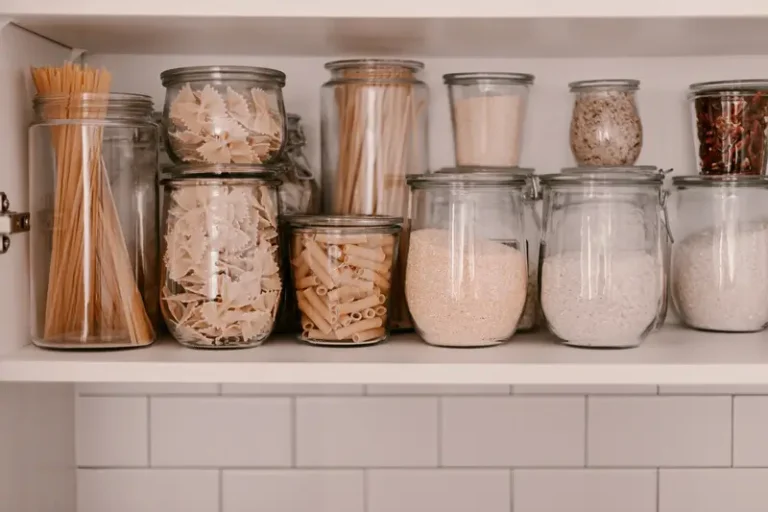
Storage is vital when it comes to meal prepping. Invest in various quality, airtight containers that can hold your prepped meals. Transparent containers can help you see what’s inside, keep your fridge organized, and ensure no delicious food gets lost in the depths!
Types of containers to consider:
Glass containers are great for reheating as they’re microwave-safe and don’t stain.
Mason jars: Perfect for salads and snacks, they keep food fresh and sealed.
Divided containers: These work well for portioning meals with different components (e.g., protein, veggies, grains).
Why it works: Proper storage helps keep your meals fresh and ready to eat while making them easy to grab and go.
4. Batch Cook Staples
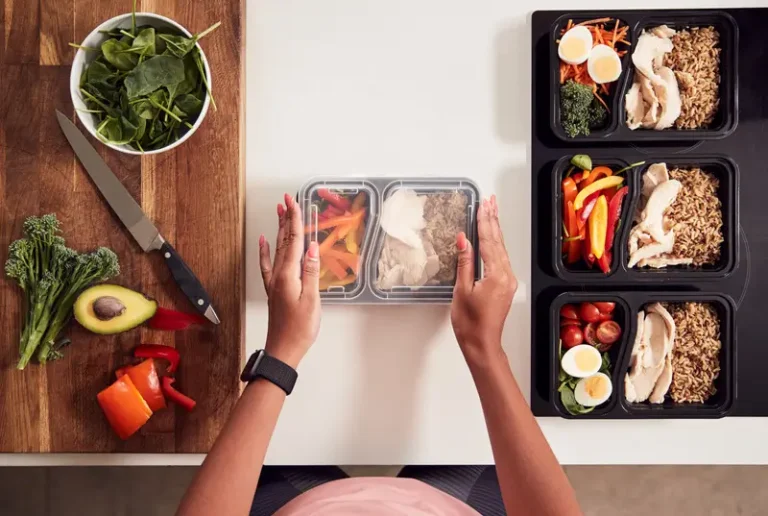
Batch cooking is a fantastic way to reduce time spent in the kitchen. You can cook large quantities of versatile ingredients like rice, quinoa, roasted vegetables, and proteins that can be combined and varied throughout the week.
Example: Roast a tray of veggies, bake a few chicken breasts, and cook a large pot of quinoa. These components can be used in various dishes, including bowls, wraps, and salads.
Why it works: Batch cooking gives you flexibility. You can change up flavors using different sauces or seasonings throughout the week, keeping meals from getting repetitive.
5. Use Time-Saving Kitchen Tools
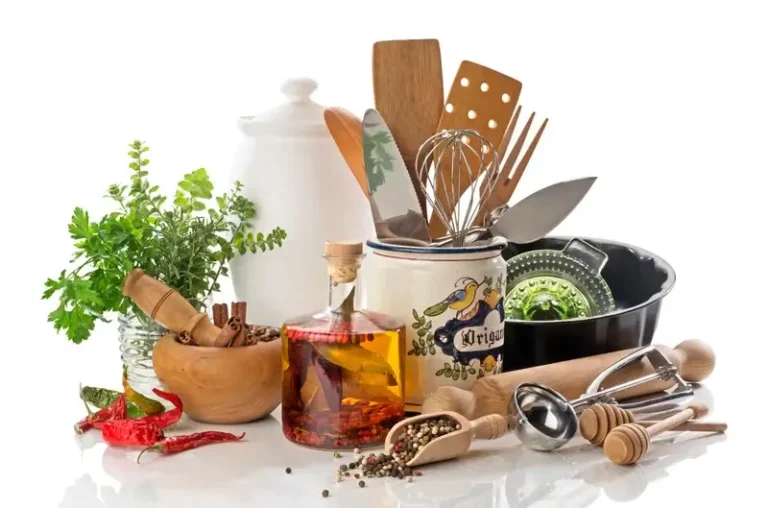
Specific kitchen gadgets can make meal prep faster and easier. If you’re new to meal prepping, consider investing in tools like a slow cooker, rice cooker, or instant pot. These appliances offer a convenient “set and forget” feature, enabling users to prepare meals without constant supervision. This functionality allows you to allocate time and attention to other tasks while your food cooks efficiently.
Top tools for meal prepping:
Slow cooker: Perfect for making stews, soups, and casseroles with minimal effort.
Rice cooker: Quickly prepares rice or other grains with no supervision needed.
Instant Pot: This multi-cooker is excellent for cooking meats, grains, and even soups in a fraction of the time.
Why it works: These tools reduce the time spent in the kitchen, making meal-prepping more manageable.
6. Stick to a Routine
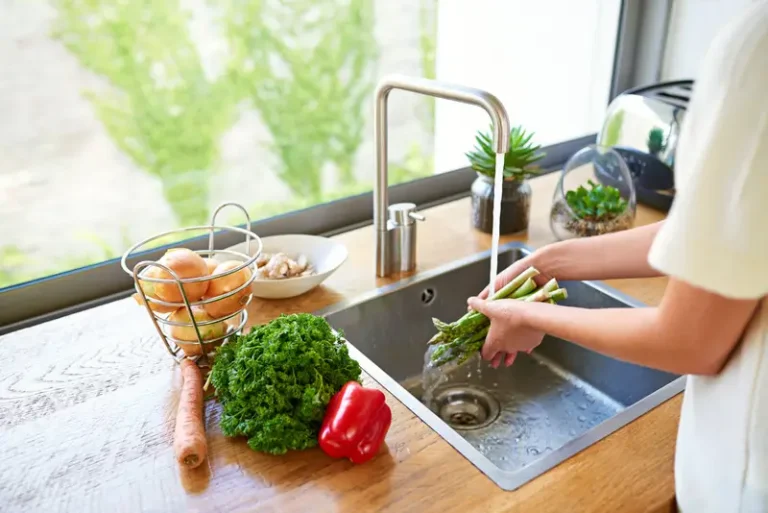
Making it a routine is one of the best ways to ensure meal-prepping success. Choose a specific day for prepping—typically Sunday—and stick to it. This dedicated time allows you to plan, cook, and portion meals for the week ahead without distractions.
Example: Make Sunday your official “meal prep day.” Spend a few hours preparing meals, snacks, and ingredients to get ahead of the week.
Why it works: Establishing a consistent routine builds momentum and makes meal prepping a habit, so it becomes part of your lifestyle rather than an occasional task.
7. Don't Forget to Add Variety
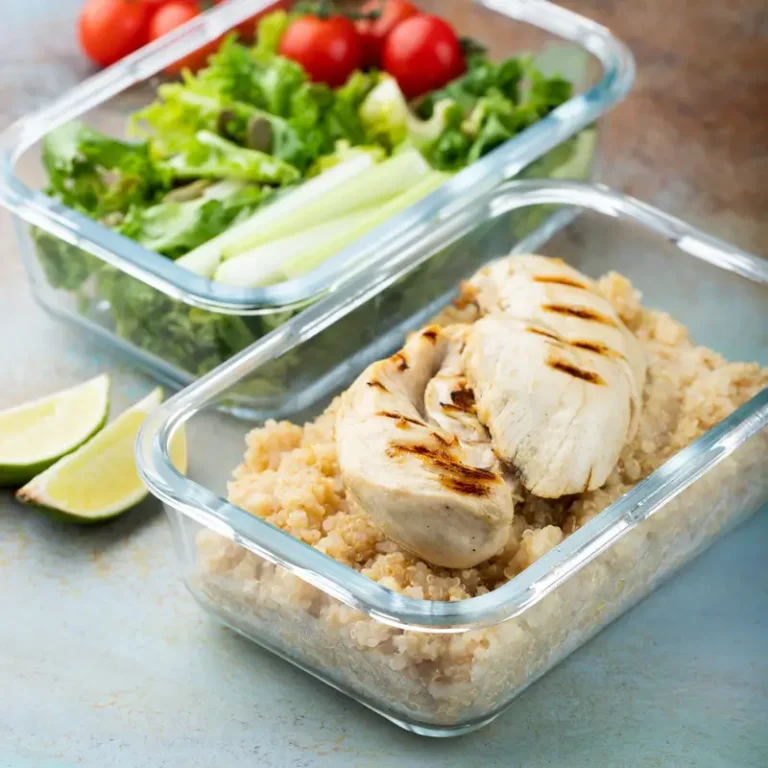
A common mistake beginners make is prepping the same meal for the entire week, which can lead to boredom and burnout. Instead, aim for variety in your meals. Use different seasonings, sauces, and ingredients to keep things interesting.
Example: If you batch cook chicken, season half with Italian herbs and the other half with curry spices to create two distinct dishes.
Why it works: Having variety prevents meal fatigue and keeps your taste buds excited about what you’re eating, which makes you more likely to stick to your meal prep routine.
8. Prep Snacks and Breakfast
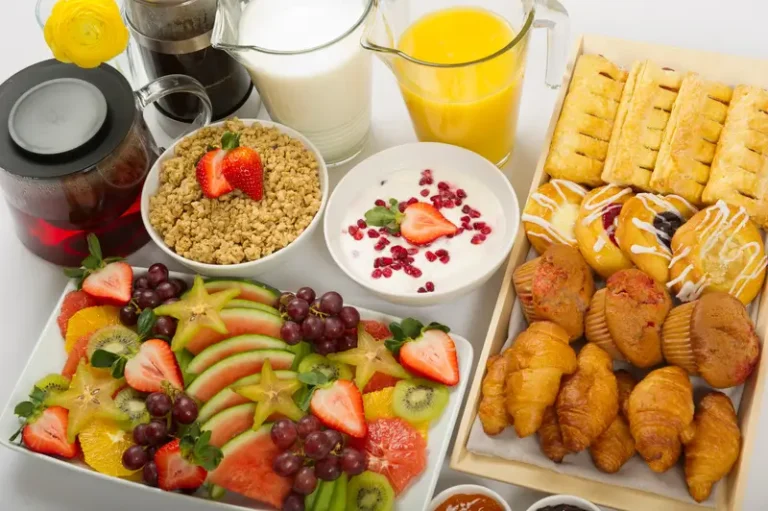
Don’t just focus on lunch and dinner—prepping breakfast and snacks can also significantly impact your day. Having quick, healthy options means you won’t reach for unhealthy alternatives when hunger strikes.
Snack ideas:
Pre-cut veggies and hummus
Hard-boiled eggs
Greek yogurt with nuts and berries
Breakfast ideas:
Overnight oats
Smoothie bags (frozen fruit and veggies ready to blend)
Egg muffins
Why it works: Prepped snacks and breakfasts make healthy eating easier throughout the day, especially during busy mornings or between meals.

